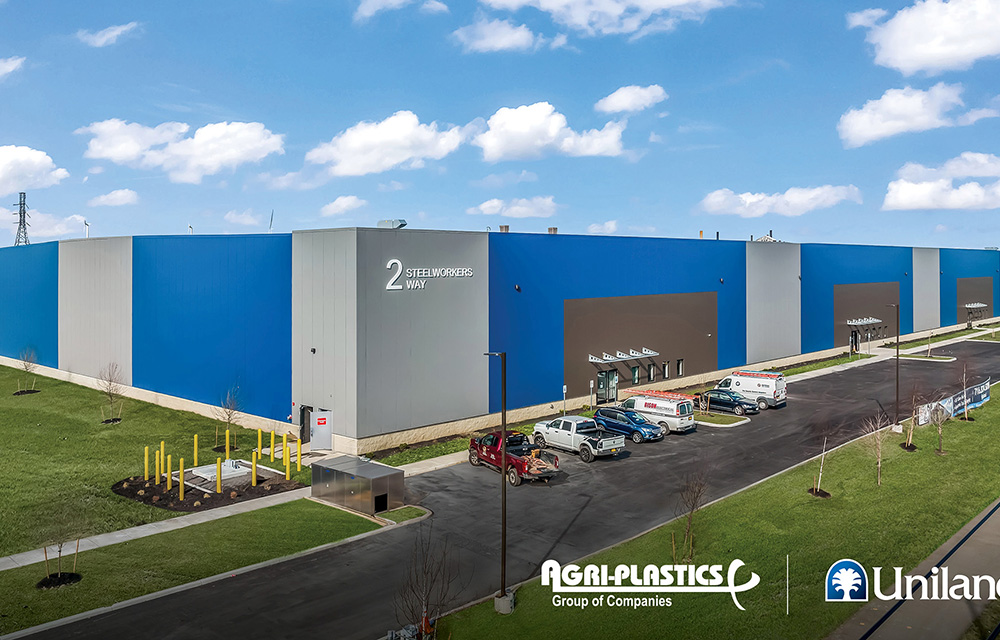News:
Brokerage
Posted: February 25, 2008
Real estate donation: A successful donation summary in the Upstate New York area
Who would have ever thought that giving away a piece of real estate would be a prudent and financially rewarding disposition strategy? However, corporations, limited partnerships, S-corporations and wealthy individuals are doing just that. Their reason is based on the Internal Revenue Code where for example in the case of a corporation, the total deductions under section 170 subsection (a) for any taxable year shall not exceed 10% of the taxpayer's taxable income. Generally your large corporations can typically use the entire deduction during the first tax year. If the deduction cannot be used the first year, the same IRS code allows the deduction to be carried forward for an additional 5 years. In the case of an S-corp. or limited partnership, the deduction can be up to 30% of their adjusted gross income. Not bad.
One important issue, the asset has to be of a long-term capital gain nature. The term "long-term capital gain" means gain from the sale or exchange of a capital asset held for more than 1 year. That's generally the type of real estate corporately owned.
However, the real cash value of the donation takes the form of a tremendous tax saving provided via a tax deduction for the Fair Market Value of the property as established through a qualified appraisal.
Donation Example
One such example of a successful real estate donation we had the pleasure of packaging took place several months ago in Oneonta, N.Y. The property was an 80,000 s/f retail facility right in the middle of downtown. The property at one time had been one of the main shopping locations for generations of local residents. However in recent past, the property suffered, as most downtown shopping locations did in Upstate N.Y. It had become rundown, vacant, functionally and economically obsolete. Power was turned off and property sat idle for a number of years and became a financial drain on the property owners.
Although the property sat vacant and had started to become an eyesore, the owner had a solid appraisal showing a fairly high market value taking into account the condition of the property.
Disposition Options
Given the physical condition of the facility along with its size, the owner was now faced with several disposition choices, all of which have major financial ramifications.
* The first would be to get the property back in shape and look for leases either for the entire building or subdivide the property into smaller rentable units. This approach would require considerable financing and given the size of the facility being in a smaller market, it would take a number of years for the space to be absorbed in the market. This option would require substantial carrying costs for a number of years.
* Another option would be to sell the property to an investor/developer. A good option, however, any investor/developer would and did insist upon very deep discounts in their purchase price because of the significant costs to deal with renovating, structural repairs and any rezoning issues need to accomplish their repositioning of the property. Additionally, this option would have required additional carry costs.
* The last option considered was to donate the property to a 501(c)(3) not-for-profit. This was the option chosen by the property owner and had the greatest financial benefit.
After considering all three disposition options, donating the property made the most financial sense and the owner had the desire to do some good. The first two options required one, two or possibility three years to complete. Then after factoring in such costs as brokerage, time value of money, engineering, construction, renovation and the very possible rezoning, donating the property produced the best net-cash-after tax.
The charity in this case was the National Emergency Medicine Association (NEMA). A 501(c) (3) not-for-profit, whose mission is one of the finest and is a great group to work with. The entire process took about 90 days from start to finish.
The donation was truly a win-win situation for the donor. But here is where it even gets better. Early on in the donation process NEMA realized this property played an important role in the city's history. At that point a decision was made to work hand-in-hand with the city where the city could ultimately end up with the property to development through one of their local public/private partnerships, which is currently underway by the city.
Items to Remember
* Properties with a high book value typically do not fit as donation candidates. But this approach has to be considered and analyzed as one of the possible methods of disposition.
* The donor will need to establish fair market value through a qualified appraisal.
* I always advise that the charity stay out of the appraisal process. Beware of charities offering to provide the appraisal for your deduction.
* Always seek qualified legal and accounting advice.
* Donations of real estate can be a great way to get more net cash after-tax and go for a charity on both a regional and national basis, which is a good PR tool.
Ronald Peters is licensed real estate broker at Peters & Associates, Saratoga Springs, NY.
Tags:
Brokerage
MORE FROM Brokerage
Horizon Kinetics relocates new headquarters to Tishman Speyer’s Rockefeller Center
Manhattan, NY According to Tishman Speyer investment boutique Horizon Kinetics Asset Management LLC will relocate its current New York office to 18,713 s/f on the 27th floor of 1270 Avenue of the Americas at

Columns and Thought Leadership

Lasting effects of eminent domain on commercial development - by Sebastian Jablonski
The state has the authority to seize all or part of privately owned commercial real estate for public use by the power of eminent domain. Although the state is constitutionally required to provide just compensation to the property owner, it frequently fails to account

Strategic pause - by Shallini Mehra and Chirag Doshi
Many investors are in a period of strategic pause as New York City’s mayoral race approaches. A major inflection point came with the Democratic primary victory of Zohran Mamdani, a staunch tenant advocate, with a progressive housing platform which supports rent freezes for rent

Behind the post: Why reels, stories, and shorts work for CRE (and how to use them) - by Kimberly Zar Bloorian
Let’s be real: if you’re still only posting photos of properties, you’re missing out. Reels, Stories, and Shorts are where attention lives, and in commercial real estate, attention is currency.

AI comes to public relations, but be cautious, experts say - by Harry Zlokower
Last month Bisnow scheduled the New York AI & Technology cocktail event on commercial real estate, moderated by Tal Kerret, president, Silverstein Properties, and including tech officers from Rudin Management, Silverstein Properties, structural engineering company Thornton Tomasetti and the founder of Overlay Capital Build,








.jpg)

.gif)